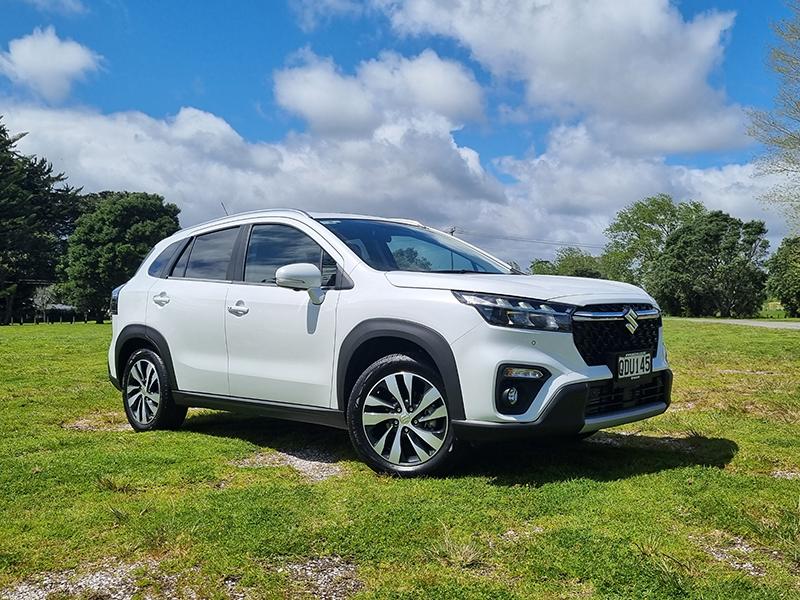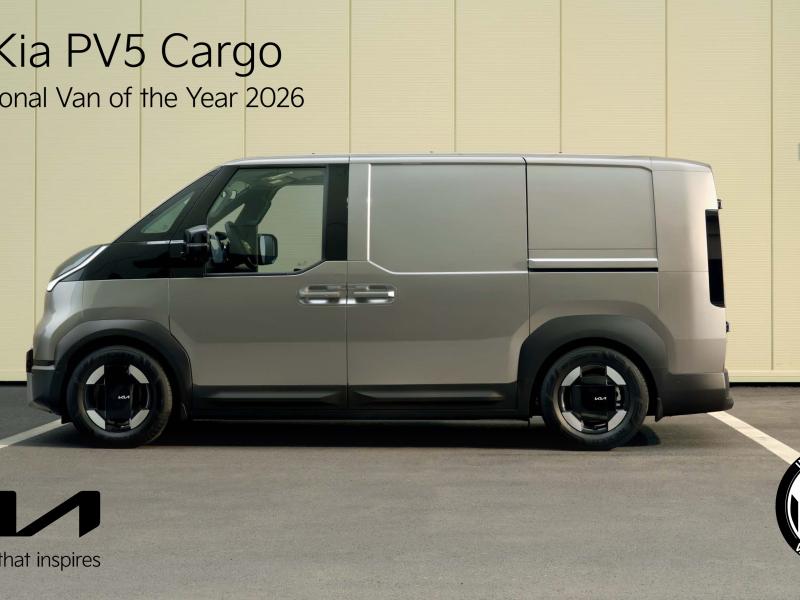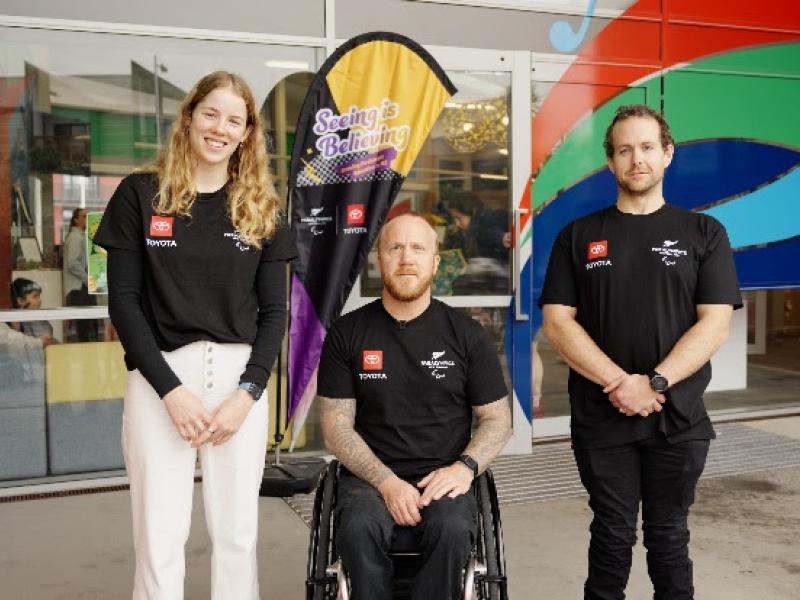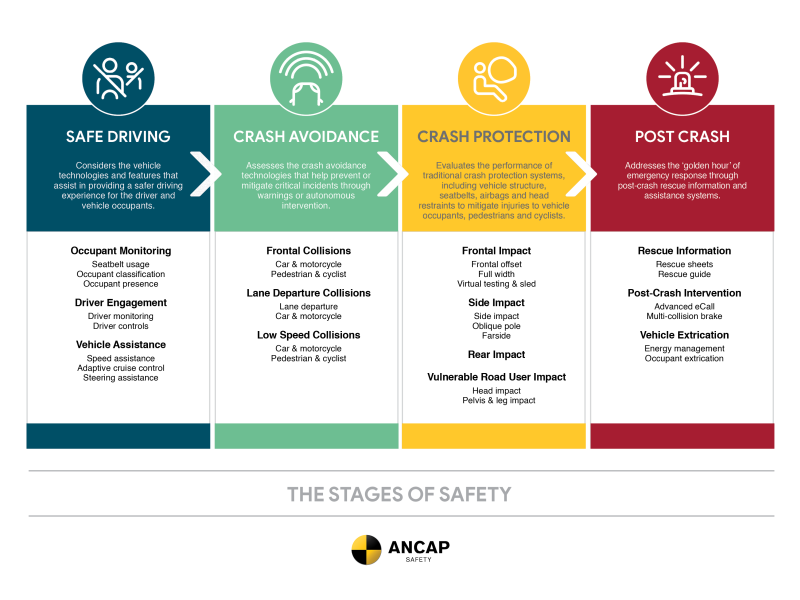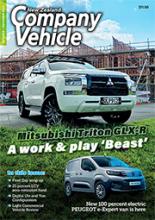The new Suzuki S-Cross Hybrid drove into the new car scene in October, following on from the release of the Vitara Hybrid just seven months earlier.
At the S-Cross Hybrid launch, Suzuki alluded to an all-new Swift coming in early 2024 – likely with an upgrade to its original hybrid system and the arrival of a five-door Jimny, global demand willing.
So, a lot is going on in Suzuki-space right now.
Suzuki saw its biggest sales year in 2022, but industry-wide mitigating circumstances such as high inflation rates, high-interest rates, and reduced consumer confidence levels as well as changes to the Clean Car Discount scheme and the – at the time – the uncertainty of government, slowed down the brand’s rising trends seen in the first half of 2023.
Suzuki did, however, retain a level of consistency in sales and market share which other brands were not so lucky to enjoy, and now, with a clearer view of the roads ahead, plus more products on the very near horizon, Suzuki’s future is looking very positive.
At the launch of the S-Cross Hybrid, Suzuki released its portfolio figures which showed Swift as the dominant model, followed by Vitara which overtook Jimny as the second most popular model, no doubt boosted by the Vitara Hybrid.
Jimny’s third place is clear of the somewhat niche model Ignis with the S-Cross coming in as Suzuki’s fifth performing product.
It’s likely the S-Cross will come up a little in popularity with the hybrid model, despite the premium SUV being towards the top end of Suzuki’s value price proposition.
Certain models of the Vitara Hybrid are still higher in price than the S-Cross Hybrid, but Vitara’s heritage is a little lengthier.
As Gary Collins of Suzuki NZ pointed out, “It’s an awareness thing with regards to the S-Cross. People know about Vitara, but S-Cross tends to be off the radar. Our dealers are looking to change that.”
An interesting aside: according to Gary in terms of styling, refinement, specification and driveability, the non-hybrid S-Cross impressed all those who drove it.
Given the S-Cross Hybrid’s upgrades in specification but retention of affordability and its economy/emissions benefits thanks to the hybrid technology, the S-Cross Hybrid in either two or all-wheel-drive configurations is likely to attract not just those who are impressed, but those who are prepared to vote with their chequebooks.
Crunching the numbers suggests the S-Cross Hybrid should now be a decent blip on the company vehicle buyer’s radar.
Compared to the non-hybrid 1.4 turbocharged JX and JLX S-Cross, the S-Cross Hybrid is up to 16.7 percent more economical and has up to 19 percent lower emissions.
In the combined fuel consumption test, the new S-Cross JLX Hybrid two-wheel-drive averages 5.5 litres/100km compared to 6.6 (tested under 3P-WLTP) for the outgoing S-Cross JLX.
The Allgrip Hybrid model averages 5.9 litres/100 km in the same test compared to 6.9 litres/100km for the S-Cross JLX Allgrip, an improvement of 14.5 percent.
That’s like for like. In other comparisons, both the 2WD and AllGrip AWD model S-Cross have lower emissions than the slightly smaller Vitara Hybrid at 12gm/km and 133gm/km respectively.
This comes about through the revamped 1.4-litre Boosterjet turbocharged engine mated to a 48V Integrated Starter Generator (ISG),a 48-volt lithium-ion battery and a 48 to 12-volt DC/DC converter.
As to the specification, the S-Cross Hybrid features a first for Suzuki in the form of an electrically operated double sliding glass panel panoramic sunroof.
This is in addition to heated front seats, a 360-bird’s eye view, four camera system, a nine-inch command screen, native satellite navigation, Android Auto and wireless Apple CarPlay, a leather steering wheel, actual knobs for the air conditioning and an impressive array of safety features.
These include a lane departure warning function at speeds above 60 km/h, weaving alert should the car stray from its line, front and rear parking sensors, blind spot monitoring above 15 km/h and Suzuki’s dual sensor brake support, an autonomous emergency brake system.
There are seven airbags for the front, side, curtain and driver’s knee, and the adaptive cruise control with stop-and-go function is amplified with hill hold control, all resulting in a five-star VSSR safety rating from Rightcar.
Drive-wise, the S-Cross’s handling and refinement reflect its high specification level in both grades (see page 45 for the 2WD test) providing a ride quality which exceeds expectations and passes judgement on cars which command higher prices in favour of the S-Cross.
Suzuki Hybrid JLX 2WD models come in at $42,990 while the AllGrip AWD version (well worth the slight increase) is priced at $45,990.


